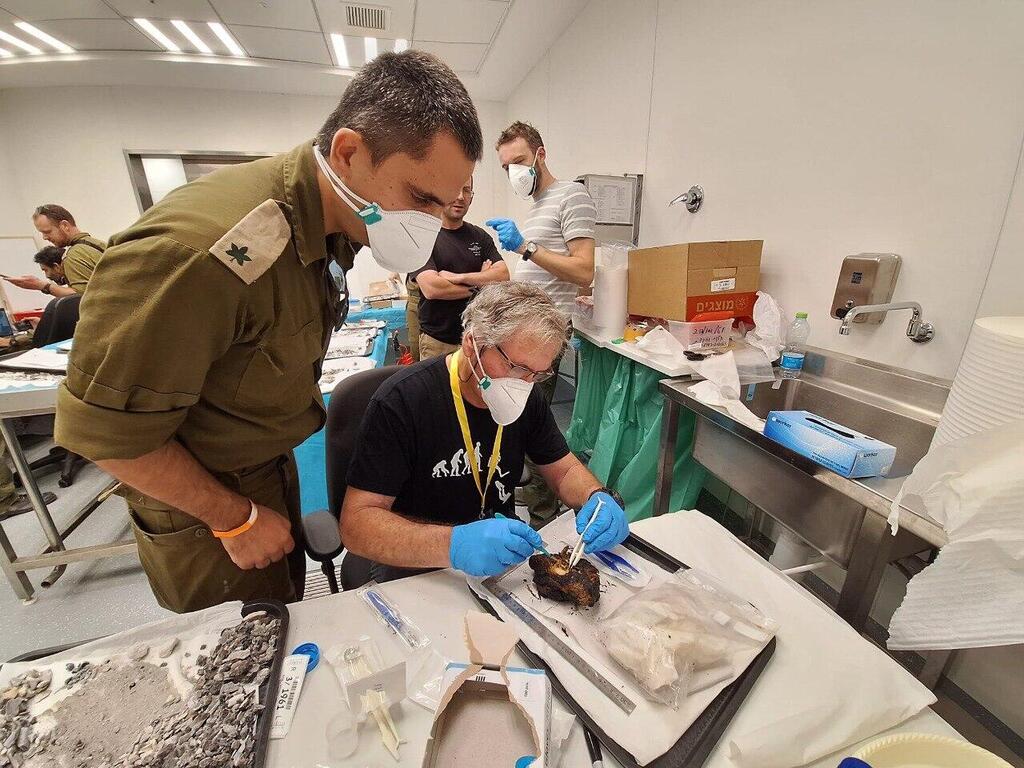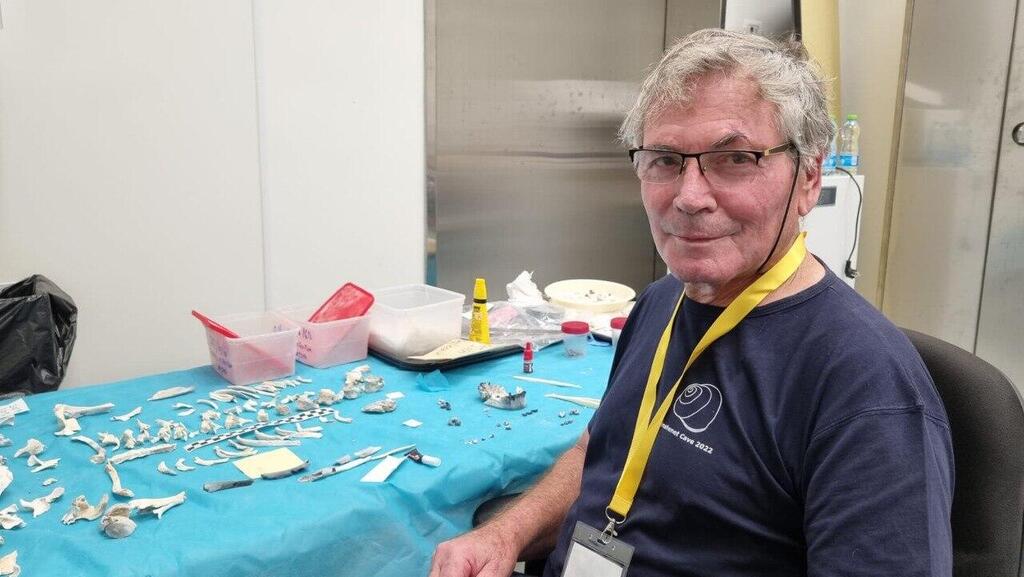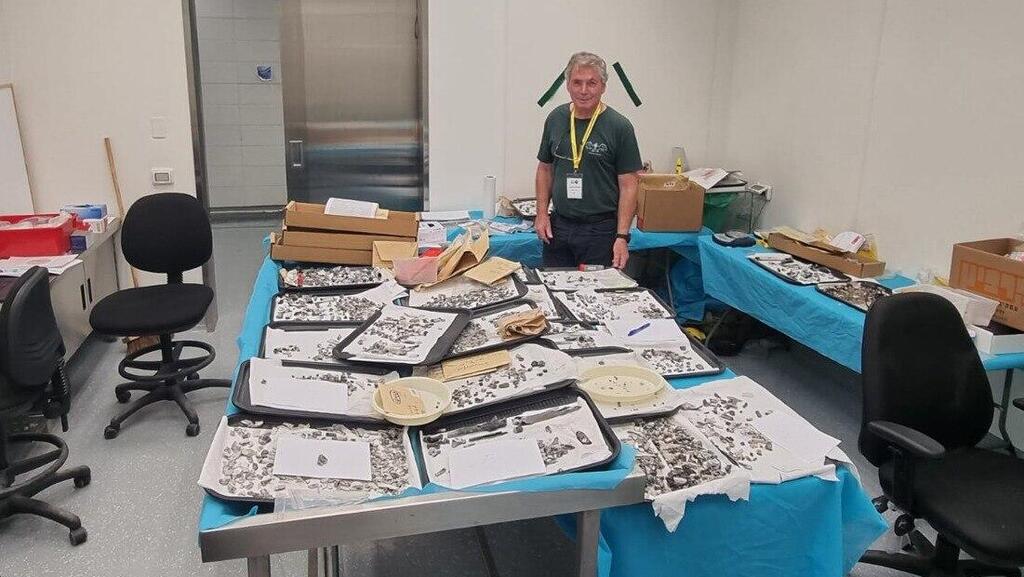Some experts in Israel helping to identify bodies and missing persons in the aftermath of Hamas’ October 7 massacre have a very challenging task: to gather bone fragments, sometimes as small as a few millimeters, and construct from them a complete picture to identify a victim without a body or whose DNA cannot be extracted from their remains.
More stories:
Some of the victims of the attack were severely burned or mutilated. The National Center of Forensic Medicine turned to two leading anthropologists following a study they published two years ago, in which they announced the discovery of a new type of prehistoric human, the Nesher Ramla Homo.
Prof. Israel Hershkovitz and Dr. Hila May from Tel Aviv University’s Faculty of Medicine are anthropologists specializing in identifying bodies in the absence of a body and or DNA samples.
Prof. Hershkovitz specializes in bone identification, and Dr. May is a CT expert. Their abilities have allowed them to identify missing persons even based on the smallest fragments, resulting from explosions or fires. In an interview with Ynet, Prof. Hershkovitz talked about the complex and delicate task.
"What we do is a process called osteobiography - we assemble the biological profile of the individual from bone fragments found in the field very meticulously,” Prof. Hershkovitz explained.
“We collect every tiny part slowly and steadily. It’s a very complex and intricate process. We build the biological profile - create a complete profile of the person in front of us and compare it to profiles of missing persons. In this way, we create the necessary matches and succeed in identifying individuals who cannot be identified otherwise."
This comes from the field of identifying things that are relatively very ancient.
"Yes. I am an anthropologist researching human evolution, ancient fossils found in Israel and around the world, and tracking the various stages of human evolution. My specialization is in forensic anthropology, a branch within biological anthropology that deals with identification.”
“I worked as a consultant to the National Center of Forensic Medicine for years, and also with the UN in identifying war crimes during the Yugoslav Wars. We use our anatomical knowledge to construct biological profiles of individuals from bone fragments," he added.
Have you ever encountered such large quantities of remains like those seen in Israel after October 7?
"No. This is a very unique case. I think this is the first time we have encountered such massive numbers of individuals that are difficult to identify using standard genetic identification, and we basically have to resort to anthropological identification.”
“It is vastly different from other forms of identification because it’s based on biological profiles. You need to look for a complete series of matches to identify the individual. It's not a complete profile, but a partial one, and sometimes these profiles we generate aren’t sufficient,” he explained.
"There are some cases where the biological profile isn’t sufficient. The anthropological profile we create also isn’t enough. But both profiles, along with the circumstances in which the individual is found, make for a complete picture,” he added.
“Sometimes genetic identification lets us know the individual’s sex and indicates that she is a female. The anthropological profile points to it being a young person, and the circumstances tell us that several bodies were found in a specific room, and then we identify that individual."
Time is less pressing in this form compared to other identification methods. How long can you identify a person after the event?
"In anthropological profiles, there’s no time limitation. Time is essentially a burden on the families. We try to do the work as quickly as possible to shorten the identification period. In certain cases, for example, in recent days, it took us a whole month to complete a full biological profile of a missing person and identify them."
You’re going through challenging months. How does it feel when you succeed in identifying someone?
"Anyone who works does so out of a deep awareness and knowledge that this matter is critical for the families. There’s nothing more important than the identification of individuals. In this war, there’s an uncompromising effort not to leave people missing, but to identify everyone in any situation. It’s a very complex and lengthy process, but the feeling and understanding of how important it is for the families motivate us greatly in this case."
What was the most complex case you had to identify?
"The most complex identification we did was based on a bone fragment less than an inch in length, from which we identified a deceased individual."





